Raspberry pests, their signs and control
Probably, every amateur gardener dreams of growing a tasty, aromatic and healthy berry on his site - raspberries... And it is desirable that the berries are large, sweet and the period of their collection was as long as possible. What are the best varieties?
Content:
- The best raspberry varieties to grow
- Raspberry pests and their signs
- Pest preparations and their use
- The best folk remedies and methods
The best raspberry varieties to grow
It is clear that large-fruited raspberry varieties are the most productive, but in order for the harvest to really be large, you will need to work a little, including properly preparing the shoots for wintering.
Repaired raspberry varieties will require a minimum of labor and costs, since they are considered annuals. And its classic varieties with red and yellow berries have the best taste. On their own plots, not all gardeners plant varieties with large berries, since they are not very sweet and aromatic, and compared to forest ones (with their concentrated taste) they seem completely watery.
Any varieties of raspberries require proper care, only then your efforts will not be in vain.
Features of large varieties:
- Large-fruited varieties of raspberries require strict adherence to agrotechnical conditions, they are designed to grow in mild climates, therefore, even in central Russia, its shoots must be protected from winter frosts (covered).
- The second feature can be considered a genetic deviation of the signs of large-fruited raspberries and a predisposition to small berries in hereditary plants. To avoid the harvest of small fruits, the plant needs good lighting, abundant watering and enhanced feeding.
Repaired raspberry is an annual plant, it grows and bears fruit on fresh shoots in just one season. In late autumn, they are cut to the root, organic matter is introduced and thus the yield of the variety is achieved, it lasts until September-October.
Benefits of large varieties of raspberries:
- high yield
- disease resistance
- minimum labor and financial costs
- long fruiting period
- there are no problems with winter hardiness, since the upper part of the bush is completely cut off for the winter
Large berry varieties are widely used for commercial cultivation. Growing any varieties requires proper and high-quality care, only then your efforts will pay off with a good harvest.
The best varieties are:
- Cumberland is a special variety, the yield of black berries sometimes reaches 6 kg per bush, it tastes like a blackberry. The variety is winter-hardy, resistant to diseases and pests, does not give root growth.
- Hussar - is considered a medium early variety, elongated ruby berries, have a dessert taste. The variety tolerates winter well, the bushes do not need a garter, the peak yield occurs in July.
- The yellow giant is a large, medium-ripening yellow raspberry, semi-renovated. The berries are sweet, juicy.
- Kalashnik - berries are medium and large, dark red, transportable, sweet on the palate. The bush is sprawling, the yield is high before frost.
- Golden domes - grows as a compact bush up to 1.5 m in height, the berries are large orange in color, dense, juicy, dessert-like.
- Amber Sadko - raspberry with sweet amber berries, pleasant to the taste.The bush is high, grows widely. Fruiting until the first frost.
- Hercules - remontant variety, large raspberry (up to 10 g), ruby color, elongated. It is resistant to decay and has a long shelf life.
Raspberry pests and their signs
Raspberries, like all plants, are susceptible to infection by many diseases and pests. Two-year-old raspberries suffer the most, as more pests try to overwinter on the lower part of the plant. Repaired raspberries are cut off completely for the winter, so they hardly get sick and are not affected by insects.
The most common infections are:
Raspberry-strawberry weevil:
- Signs! Pests appear in the spring already when young leaves appear, and when the first bud appears, an egg is laid at its base. The hatched larva sneaks into the bud and destroys everything inside. Somewhere in June, the larvae pupate and later turn into a bug, it closes the cycle. During the season, two or even three generations of weevils can parasitize, the latter will infect the leaves, berries and stems of the plant. The parasite hibernates in fallen leaves and the upper soil layer.
- How to fight? In the earliest spring, before the snow melts, the raspberry beds should be watered with hot (80C) water. This will not damage the root, and the top layer of soil will be processed. You can save raspberries from pests by spraying them with Karbofos, Iskra, Aktellik,ConfidorBefore it blooms.
Raspberry stem fly:
- Signs! The larvae of the raspberry fly (white worms) cause great harm to the plant. The pest lays eggs next to a young shoot. The emerging larva sticks to the plant and penetrates into the lower inner part of the stem and spoils it there. If the tip of a branch begins to wither, it means that the fly larva is destroying it from the inside. The worm hibernates in the ground under a bush.
- Prevention and Treatment. If young shoots have begun to fade - this is a call to action: you need to immediately cut them off below the point of entry of the larva and remove them away from the site. The raspberry stem fly lives in the soil in winter, therefore, for prevention, you need to carefully loosen the ground, adding ash (for 1 square meter - half a liter can), you can use mustard powder or hot peppers... The fly also does not like tar, you can add it to the mulch (soak the sawdust with its solution).
Raspberry gall midges:
- Signs! Raspberries are affected by stem and shoot gall midges. One generation of pests occurs from the stem gall midge per season. Several dozen eggs are laid in the lower part of the stem, later they turn into yellow caterpillars. They manage to get inside the branch and, having settled there, feed on the sap of the plant, a swelling of the bark forms at this place. The shoot gall midge gives two or even three generations in a season, the main symptom of the disease is a swollen, cracked stem in the lower part, more often it is affected at the end of the season. On the affected stems, the berries are much smaller.
- Pest control. In almost all cases, the stem is removed completely; chemicals are powerless. In autumn, it is better to cultivate the soil by digging it up around the bush.
Aphid on raspberries:
- Signs! A female aphid appears in the spring and by summer already lays its larvae on the tops of the shoots or on the back of the leaves. Therefore, the leaves turn yellow and curl, and are also covered with aphid waste. It appears mainly in areas thickened with weeds and on loose soil.
- How to deal with aphids? The bushes are sprayed with chemicals "Aktellik", "Fufanon" and "Antilin" or alternative methods are used.
Mite:
- Signs! There are two types of them: spiderweb and crimson. If a cobweb has appeared on the leaves, then your plant is affected by a spider mite. It is active in May and overwinters in foliage. If the leaf is covered with light greasy spots, then this is a raspberry mite, it hibernates in the buds of the plant.
- Methods of struggle.Ticks are destroyed by acaracides or insectoacaracides, as well as by the preparations "Fufanon", "Karbofos", "Metaphos", you can use colloidal sulfur.
Pest preparations and their use
In early spring, when the buds are already bursting, it is necessary to process raspberry bushes from pests. To do this, you can use the drug Aktar or the well-proven drug 30-B.
If the replacement shoot reaches 20-30 cm, the old stump must be removed. Raspberry protects against pests "Calypso", "Mospilan", "Karate", "Kung-Fu", and fungicides "Topsin M", "Switch" are also successfully used. Before flowering plants and in late autumn, raspberries are treated with 1% Bordeaux liquid or its analogue (Blue Bordeaux).
The best folk methods and means
If there are no high-quality chemicals at hand, and raspberries need to be saved, people often turn to folk methods, sometimes even very effective. Here are some of them:
- From the weevil. When the weevil has spread throughout the garden, it is almost useless to fight it. Treatment with chemicals at the time of flowering and especially fruiting is not carried out, therefore, in the earliest spring, you can try using folk methods. 1 tbsp. l. tar and 3 tbsp. l. soaps are diluted in a bucket of water, the bush is irrigated with this solution, preferably before flowering. 5 tablespoons of mustard powder can be diluted in 1 bucket of water and sprayed on the bush. Process the bush with a solution of 2 tbsp. l. soda for 1 bucket of water. In autumn, after fruiting, these procedures can be repeated.
- From aphids. You can apply infusions and decoctions of tansy, tobacco or calendula. Tomato tops, onion and garlic husks are used; for better adhesion, soap should be added to the infusions.
- From the tick. The foliage under the raspberry bush should be well cleaned so that the pests have no place for wintering, loosen and process the soil with vitriol or sulfur.
How can pests be avoided:
- In order for traditional raspberries to hurt less, you do not need to leave hemp when pruning it, and also do not mulch with fallen infected foliage.
- Old branches and leaves should be removed from the site and burned.
- If any plant is affected by aphids or a tick, you need to treat the entire area and even bushes growing next to raspberries currants, gooseberry or strawberry... In this way, unwanted spread of the disease throughout the garden can be avoided.
Proper care of the plant and timely pest control are the key to a rich harvest of tasty and healthy berries.
More information can be found in the video:



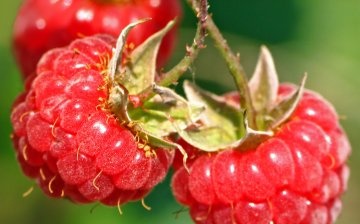
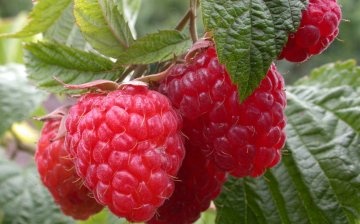
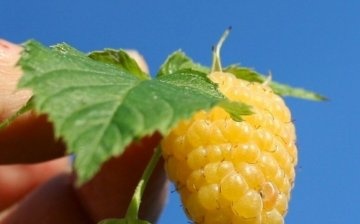
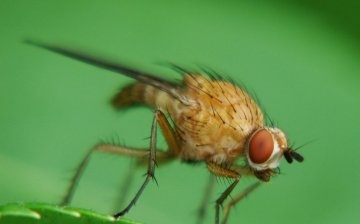
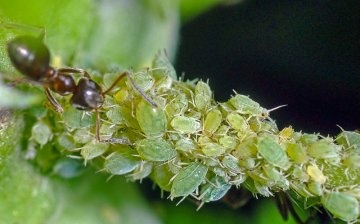
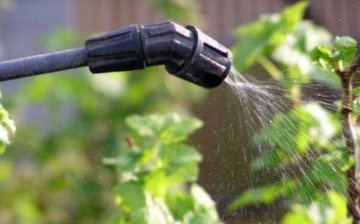






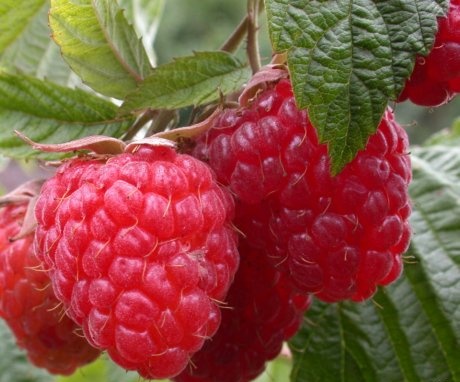
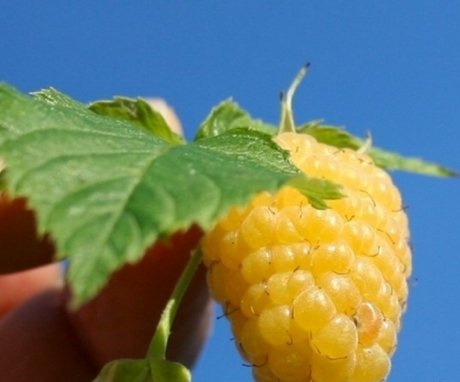
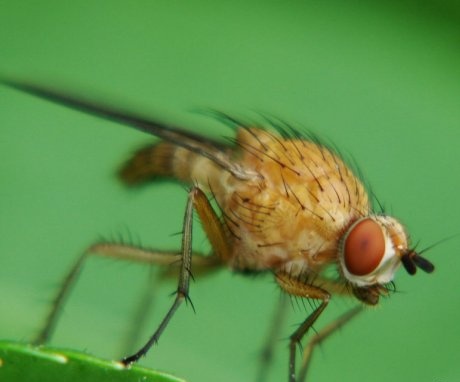
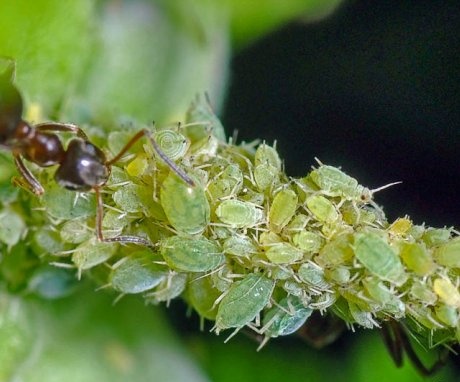
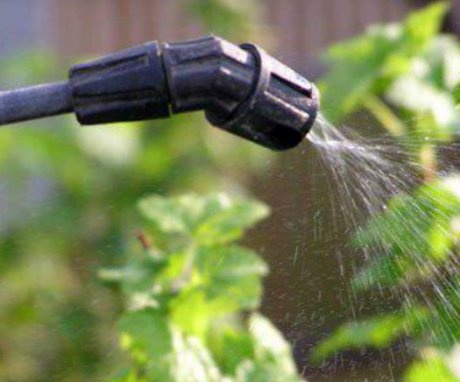
Our only pest of raspberries is the worm inside. Since we have chosen a place for it throughout science, we process it, then we have no other pests. How do you get rid of the worm inside the raspberry?